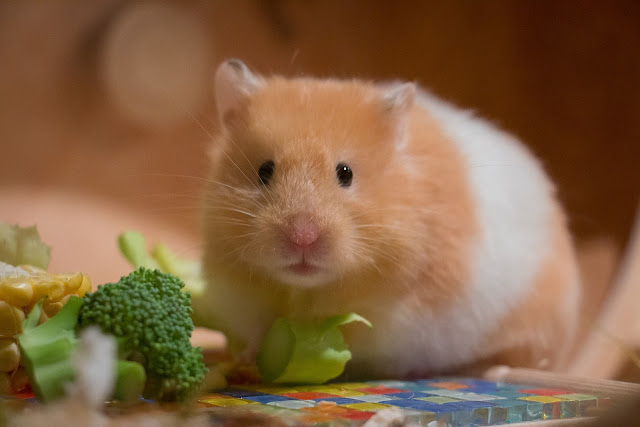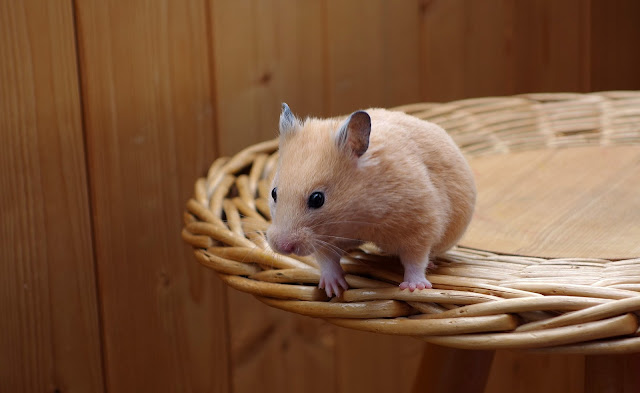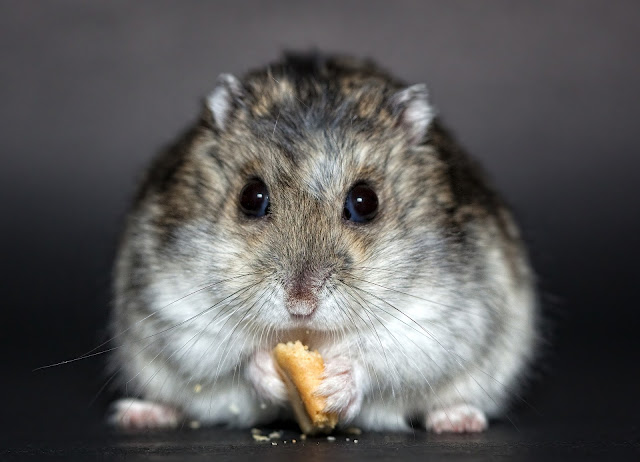Taking Care Of Hamster : How To Take Care Of Your Hamster| TWFA
Tips to Taking Care of Your Hamster
 |
Tips to Taking Care of Your Hamster The World For Animals Or TWFA With You Again About Tips to Taking Care of Your Hamster |
Are you considering getting a pet hamster for yourself or your children? Do you already own a hamster and want to learn more about it to make sure you are giving it everything it needs? Well with this article, you'll know all about taking care of a hamster, you’ll learn everything you need to know about your pet
hamster.
Not all hamsters are the same there are over 25 different species of hamsters, each one with its unique characteristics and needs. Of these 25, only 5 of them are commonly kept as pets.
Characteristics of hamsters
The hamster family is made up of over 25 different species, the majority of which are not kept as pets. This article will focus on hamsters that are most commonly kept as pets.The two most popular breeds in the United States are the Golden hamster and
Campbell’s dwarf hamster.
Golden Hamster (Mesocricetus Auratus)
 |
| Golden Hamster (Mesocricetus Auratus) |
Is native to Northern Syria and Southern Turkey. The number of wild golden hamsters has declined significantly over the years, to the point that they are now considered vulnerable to extinction, as their preferred habitat is being lost to agriculture and industrialization.
The number of domesticated Golden hamsters, however, is growing rapidly helped by the fact that they are regularly used in scientific research, and are also the most popular breed of pet hamsters.
The Golden hamster gets its name from the coloring of its fur as it is a blend of black, brown and gold, however as a result of breeding; there are now many different fur colorations available so the name “golden” is now no longer always appropriate. For example, you can now get golden hamsters with cream, blonde, black, copper, tortoiseshell (black and gold) and different shades of gray fur.
Campbell’s Dwarf Hamster
 |
| Campbell’s Dwarf Hamster |
The basics of taking care of hamster
In this part, you’ll learn about the essentials of hamster care. This includes housing, feeding and keeping your hamster clean and happy. As far as pets go, hamsters are relatively low maintenance so these are good pets for people who don’t have a lot of time to invest in care.
. Habitation
The rule of thumb on cages is a minimum of 19 square inches per hamster; they may be small but they need a lot of space to run around and explore.
There is some debate about whether you should get a wire cage or one with solid walls. The wire cage provides better ventilation but hamsters can also chew through or escape between the bars. If you do opt for a wire cage, then make sure it’s made of a material that hamsters can’t chew through, and that the spaces between the bars are extremely small. You shouldn’t be able to fit your finger between the bars.
Inside the cage, you must have bedding. Bedding can be made of old
newspaper or another similar material; alternatively you can also buy
bedding from your local pet store.
. Hygiene
it. Trying to bathe your hamster is not recommended as it will cause your hamster a lot of stress and could result in health problems.
The cage does, however, need to be cleaned at least once per week, twice if you want to control the smell.
. Play and play time
Your hamster needs a lot of exercises, in fact as we have learned; some species can run the equivalent of 4 full marathons in a single night. If they don’t have a hamster wheel or similar toys, they are going to become extremely restless and upset. This can lead to all kinds of health problems.
The one absolute necessity in every hamster cage is a wheel so that it can run as much as it wants. Beyond that, there are all kinds of other toys available like tunnels to climb in and little hamster jungle gyms.
. Play and play time
Your hamster needs a lot of exercises, in fact as we have learned; some species can run the equivalent of 4 full marathons in a single night. If they don’t have a hamster wheel or similar toys, they are going to become extremely restless and upset. This can lead to all kinds of health problems.
Your hamster needs a lot of exercises, in fact as we have learned; some species can run the equivalent of 4 full marathons in a single night. If they don’t have a hamster wheel or similar toys, they are going to become extremely restless and upset. This can lead to all kinds of health problems.
Your hamster’s favorite activities are running, climbing and burrowing, so keep this in mind when you are choosing it new toys.
You can also buy a hamster ball so that you can let it out to run around the house without it getting lost. Hamsters adore this as they get to exercise and explore at the same time if you are going to do this be very careful of staircases or anything else that could harm your hamster.
Training Your Hamster
Training your hamster is a fun way to spend time with your pet and teach it a few cool tricks that you can show off to your friends and family. You can teach hamsters to do many of the same tricks that you teach other pets like; sit, shake, roll over, play dead and so on
Get comfortable
Interact with your hamster often as soon as you bring him or her home.
You should speak to your hamster a lot as well. It may seem silly to talk to an animal but it needs to get used to your voice so that when you start giving it instructions during training, it is already comfortable with it.
Utilize recompenses
Negative reinforcement will only make your hamster more afraid of you, and as a result, it will become more difficult to teach it the more complicated tricks.
Take some time in the beginning, when your hamster is still getting used to you, to learn what its favorite treat is. Fruits and special seeds are the best options but try out different types to see which ones it seems to like best.






No comments